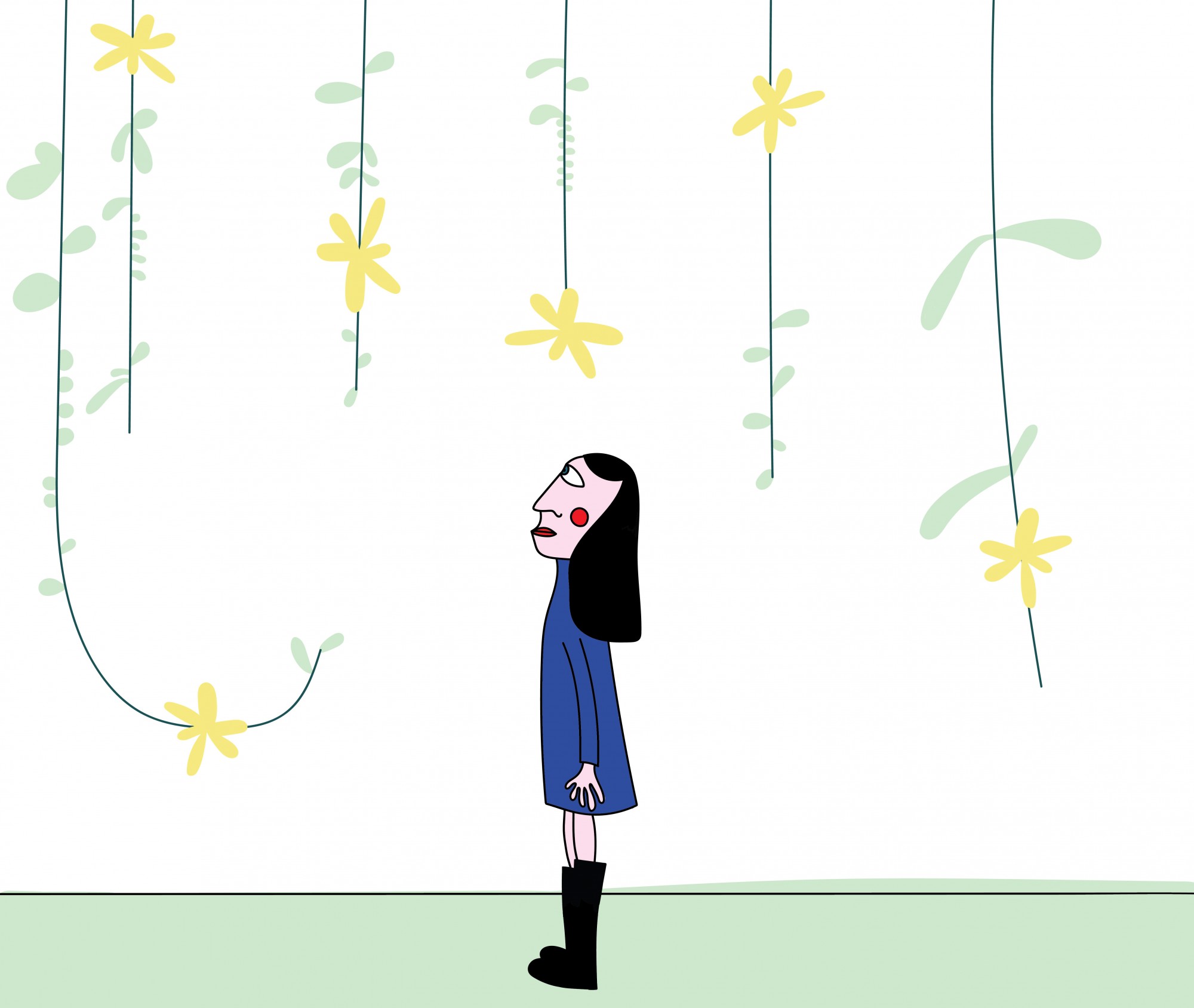Students and faculty at the University of Minnesota’s College of Food, Agricultural and Natural Resource Sciences are spearheading the creation of a campuswide arboretum.
The project, aimed at enhancing green space and plant life on campus, is in the second year of an anticipated five-year development plan. It is a cross-departmental effort, which students in the Forest and Natural Resource Management capstone course are building on.
“Instead of fencing off an area, we’re saying, ‘This is the arboretum.’ We’re treating the entire Twin Cities campus as an arboretum,” said Gary Johnson, a professor in the Department of Forest Resources who teaches the capstone course.
Though the University has one of the top-ranked arboreta in the United States, it is located in Chaska — almost 30 miles away from campus.
An arboretum that permeates all of campus would allow for educational opportunities, said Jessica James, a fourth-year student taking Johnson’s course.
“Just it being in the city is a huge potential for summer groups to come in and … get them engaged and being outside and learning more about the outdoors,” she said.
In his Managing Greenspaces for People class, Johnson’s students are locating significant trees, plant communities and special places across campus and putting them on an electronic map. If they find areas lacking those spaces, Johnson said they can make suggestions to the University to address them.
The map will serve as an electronic guide to the arboretum, in addition to physical signage that will share information about trees, plant communities and sacred places using QR codes.
Johnson said he values this experiential way of learning over reading a textbook. “We have all these plants around us. Why aren’t we using the campus more as a learning environment? It’s very difficult for students to drive out to the Landscape Arboretum, so why don’t we start taking advantage of what we have here on campus?” he said.
In addition to integrating classroom with campus, the project contributes to the goal of getting the University certified by Tree Campus USA. This designation is part of a national program that indicates campus commitment to conserving and preserving trees and green spaces.
To become a certified tree campus, several criteria must be met, including establishing a tree advisory committee and tree care plan, having a service-learning project and an Arbor Day observance.
In Minnesota, three universities have received the recognition: Hennepin Technical College, Winona State University and the University of Minnesota-Morris.
The University planned to have an Arbor Day celebration on University Avenue in April, Johnson said. President Joan Gabel signed a proclamation recognizing it as the Twin Cities Campus Arbor Day, he added. But because of the ongoing pandemic, Johnson said he is not sure if it will take place.








